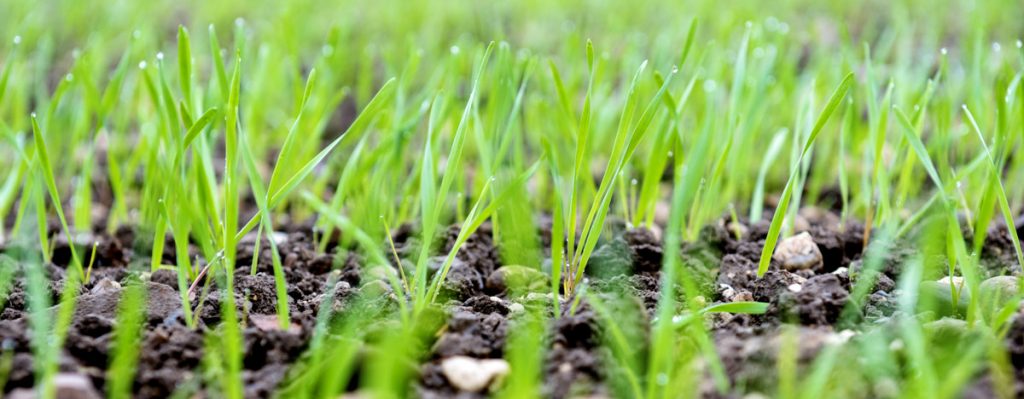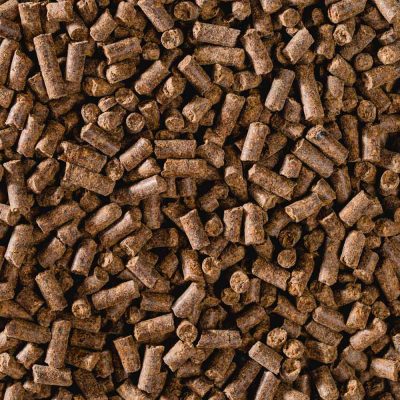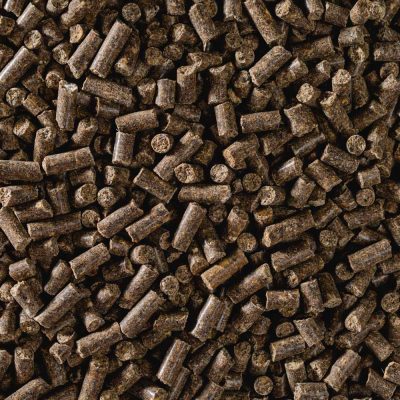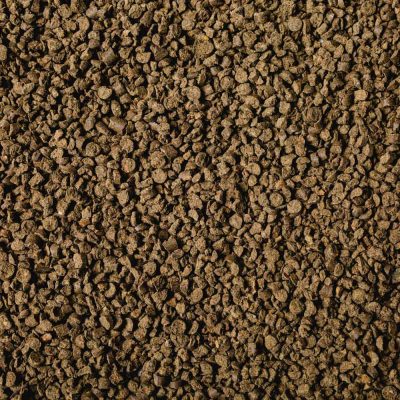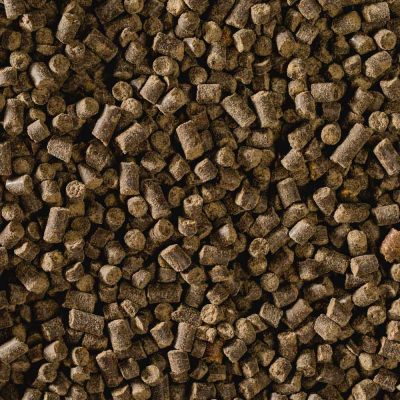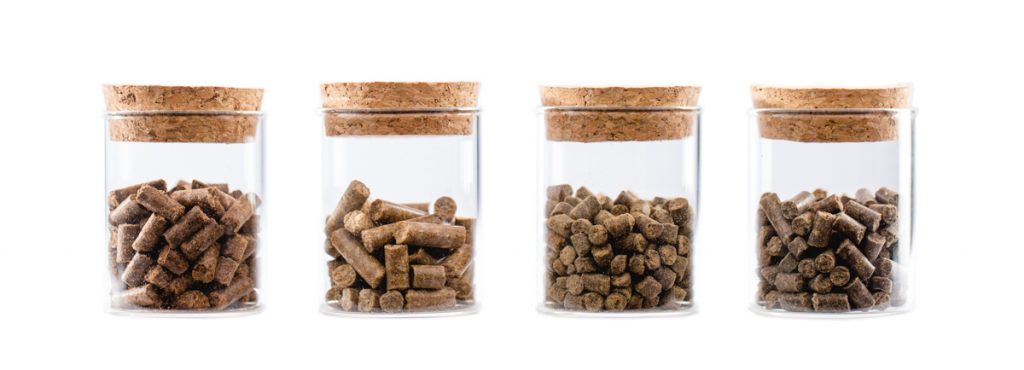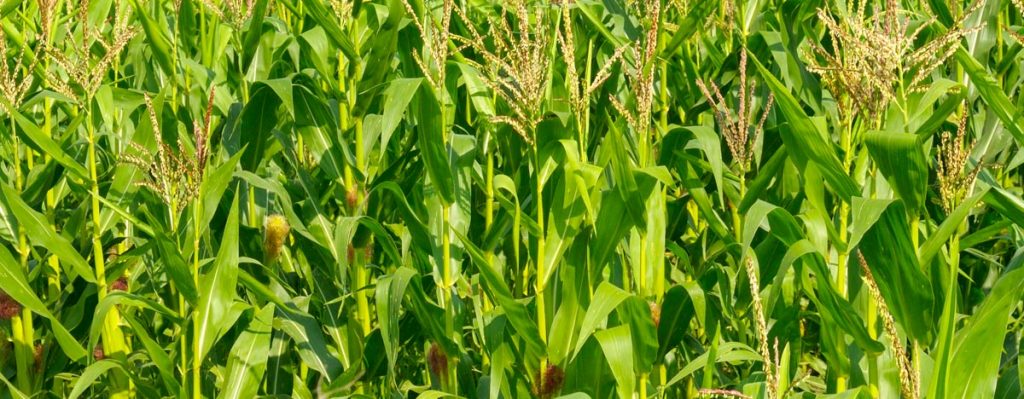Organically produced fertilisers from the Austrian region of Styria offer powerful performance for professional farmers or growers of specialty crops such as vegetables, fruit, vine, flowers or young trees.
StyriaFert’s product range for organic farming is made in the Austrian region of Styria and characterised by its powerful performance. Our fertilisers offer needs-oriented formulas and high performance, ensuring long-term soil fertility. Our organically produced fertilisers promote humus formation and strengthen your field’s health.
StyriaFert products
All StyriaFert fertilisers are approved and listed both in the InfoXgen database and in the FiBL list of approved auxiliary inputs for organic agriculture in Germany.
No matter if you choose our StyriaFert product range or our customised fertiliser blends – Agro Power is your reliable and competent partner for organic farming. We exclusively process high-quality raw materials sourced from Austria and our neighbouring countries.
StyriaFert product range
- Organic and organo-mineral fertilisers for organic farming
- Approved and listed in the InfoXgen database, suitable for organic farming
- Approved and listed in the FiBL list of approved auxiliary inputs for organic agriculture in Germany
- Meets the European Organic Fertiliser Regulation’s requirements
- StyriaFert Veggie-line is approved for BIO AUSTRIA
- Option for producers of private organic labels in the retail sector
- High-quality raw materials for excellent plant availability
- Intelligent formulas for optimised nutrient supply
- Efficient nutrient bundle for reduced work loads
StyriaFert Veggie Basis
- Meets the requirements of: BIO AUSTRIA, Naturland, Bioland, Biokreis, Ecovin, Gäa, Demeter
- Meets the European Organic Fertiliser Regulation’s requirements
- Organic, plant-based NPK fertiliser
- Fermented residue materials for high nutrient availability
StyriaFert Veggie Basis product data sheet
StyriaFert Veggie eM
- Meets the requirements of: BIO AUSTRIA, Naturland, Biokreis, Demeter, Ecovin, Gäa, Bioland
- Meets the European Organic Fertiliser Regulation’s requirements
- Organic, plant-based NPK fertiliser offering extra power through effective micro-organisms
- EM ensure faster nutrient availability and soil aeration, promoting both germination and root formation
StyriaFert Veggie eM product data sheet
StyriaFert Veggie Plus P+S
- Meets the requirements of: BIO AUSTRIA, Naturland, Bioland, Biokreis, Ecovin, Gäa, Demeter Austria
- Meets the European Organic Fertiliser Regulation’s requirements
- P and S prevalent in soft soils for increased nutrient supply and improved nitrogen fixation in catch crops
- Scares off wildlife
StyriaFert Veggie Plus P+S product data sheet
StyriaFert NPK
- Meets the requirements of: Demeter International, Ecovin
- Meets the European Organic Fertiliser Regulation’s requirements
- Organo-mineral NPK fertiliser
- Scares off wildlife
- Efficient use of nutrients and quick nutrient availability
StyriaFert NPK product data sheet
StyriaFert N+
- Meets the requirements of: Naturland, Bioland, Biokreis, Ecovin, Gäa, Demeter Germany
- Meets the European Organic Fertiliser Regulation’s requirements
- Faster nitrogen release than horn-based fertilisers
- Excellent addition to basic fertilising using compost or manure
StyriaFert N+ product data sheet
StyriaFert Powerkorn
- Meets the requirements of: Demeter International, Ecovin
- Meets the European Organic Fertiliser Regulation’s requirements
- Organic NP fertiliser
- Excellent value for money
- Increased root growth and yield potential
StyriaFert Powerkorn product data sheet
Certification and quality seal
Our fertilisers have been approved for organic farming. Please go to the InfoXgen ⇗ website or open the FiBL list of approved auxiliary inputs ⇗ to download the relevant declaration of conformity. Before you make your purchase, please ensure you have performed any required soil analyses or obtained the relevant approvals. When in doubt, please consult your local authority.
BIO-AUSTRIA
One of BIO-AUSTRIA’s key objectives is to create and maintain healthy soil. BIO-AUSTRIA member farms make a significant contribution to maintaining and promoting bio-diversity and soil fertility. Healthy soil = healthy crops = healthy livestock = healthy people.
Find out more: BIO-AUSTRIA standards ⇗
Demeter
Biodynamic agriculture requires farmers to support a holistic approach to farming. They tailor their farming practices to the unique, local conditions of their farm to develop a self-contained farm organism. Demeter farmers look out for, and make use of, both earthly and cosmic influences.
Find out more: Demeter standards ⇗
Naturland
Naturland is a growers’ association representing a holistic approach to farming while promoting sustainable economics, pro-active nature and climate protection efforts, safekeeping and preservation of soil, air and water and protecting consumer’s interests.
Find out more: Naturland standards ⇗
Ecovin federal association of organic vineyard farms
Established in 1985, ECOVIN has been pioneering responsible, future-oriented, organic wine-growing with regard to an ecological balance, pursuing the precautionary principle, bio-diversity, conservation of resources, climate protection, GMO-free products, economic success, social compatibility and organic farming, which are all part of the Ecovin core values.
Find out more: Ecovin standards ⇗
Gäa organic farming association
This association’s unusual name derives from the ancestral mother of all life, Gaia, as described in ancient Greek mythology. The founders chose this name when starting their efforts in the late 1980s. The Gäa standards for production and processing have been laid out in accordance with the highest organic standards, extending well beyond the EC regulations on organic production. These strict standards also include stipulations on both the conservation of nature and social criteria.
Find out more: Gäa standards ⇗
EC regulation on organic production
The European Union perceives environmentally sustainable or organic farming as a holistic system comprising both farm management and food production. This requires sustainable, environmentally sound farming practices, high levels of bio-diversity, the preservation of natural resources, and compliance with high animal welfare standards.
Find out more: Council Regulation (EC) No 834/2007 on organic production ⇗
Fertiliser overview
What types of fertiliser are there? What benefits and drawbacks do they offer? Use this brief comparison as a guide. Please note this list is by no means exhaustive.
Organic fertiliser
Organic fertiliser contains nutrients bound in their natural form, such as plant residues from food and feed production processes or animal by-products.
Everything we put into our soils and crops will end up on our breakfast or dinner table. As organic fertilisers leave no chemical residues they are harmless for human health.
Organic fertilisers serve to nourish a large number of beneficial soil organisms, which in turn improves soil structure and fosters humus formation. Since organic fertiliser is made from natural raw materials only, its nutrient content tends to be lower than artificial or synthetic fertilisers. However, the slow release of nutrients ensures the soil will be looked after for many months to come. This obviously requires a well thought-out fertiliser strategy as, unlike synthetic fertilisers, organic fertilisers gradually release their nutrients into the soil.
What makes organic fertilisers so sustainable and environmentally friendly is the fact that they close the natural raw material cycle. This is a long-term investment aiming at increased yields and sound harvesting quality.
Organic fertilisers include:
Manure and dung
Cattle or horse manure may be applied to the field in their natural form or dried and pressed into pellets. Both, however, offer rather low levels of nutrients.
Compost
Compost nutrient contents may vary widely and usually depend on the source materials used. A targeted increase in pH values may be achieved by composting farm manure to support the circular economy.
Plant residues from food and feed production
From DDGS to cocoa shells and other plant residues – using this type of fertiliser ensures the food and feed cycle is completed.
Horn shavings
Horn substance from hoof animals is ground to different grade sizes and often used as a nitrogen fertiliser in organic farming. This individual nutrient is made up of crushed cattle hoof and horns. Unfortunately, much of this raw material has come all the way from Asia before it is applied on our fields, which deprives it of any green footprint.
Feather and bristle meals
These are made by processing slaughterhouse waste and, like horn shavings, provide high levels of nitrogen. As a regional by-product we prefer to choose this raw material over horn shavings.
Meat and bone meals
These meal types are also created by processing slaughterhouse waste. They offer well-balanced proportions of nitrogen and phosphorous as well as high levels of calcium.
Blood meal
Blood meal is produced when processing slaughterhouse waste by hygienising and drying blood. Offering high nitrogen levels of up to 14.5% it is unsurpassed by any other organic raw material. Blood meal is of particular interest for forestry as it is known amongst rangers and hunters to scare off wildlife.
Inorganic or synthetic chemical fertiliser
Inorganic fertiliser is an artificial product typically made by extracting by-products from crude oil or natural gas. These processes require a large amount of energy.
People tend to confuse inorganic with mineral fertilisers. In many mineral fertilisers, nutrients are present in the form of salts which may either be obtained from natural resources or produced in a synthetic process. Inorganic fertiliser, however, only refers to synthetically produced nitrogen, phosphorus or potassium compounds.
Inorganic fertiliser is easy to use and contains a large amount of nutrients which are quickly released into the soil. Unfortunately, these nutrients are prone to premature leaching as plants are unable to take them up. Nitrogen over-fertilisation causes large quantities of nitrite to enter the groundwater, leading to environmental damage. Over time, this results in soil acidification and a continuous decrease in humus formation, killing soil organisms and reducing both soil permeability and water holding capacity.
For plants, inorganic fertiliser is a cheap and quick source of essential nutrients. That said, inorganic fertiliser can never be organically produced and will never be sustainable. Its poor ecological footprint, toxic pollutants and negative impact on soil fertility rather make it an environmental hazard.
Blaukorn and Gruenkorn
As brand products, Blaukorn potassium sulphate fertiliser and Gruenkorn universal fertiliser are easily soluble, inorganic fertilisers composed of readily available nitrogen, phosphorus and potassium nutrients. They are fairly easy to use but have a limited long-term effect. While these fertiliser types are dyed to highlight the brand, their colour is of no significance for their performance. Producing them requires large amounts of energy. Environmental organisations have pointed out the proven content of heavy metals which may enter the soil while the fertiliser is applied.
Urea
Urea is a natural compound found in mammal urine (slurry). The industry is able to produce urea by combining carbon dioxide with ammonia. At a nitrogen content of 46%, this type of inorganic fertiliser has the highest nutrient concentration of all solid nitrogen fertilisers available (source: ages.at ⇗).
In the soil, urea is converted into ammonia. According to the German Environmental Agency (Umweltbundesamt), ammonia is responsible for the formation of both particulate matter and acidifying pollutants entering surface waters.

